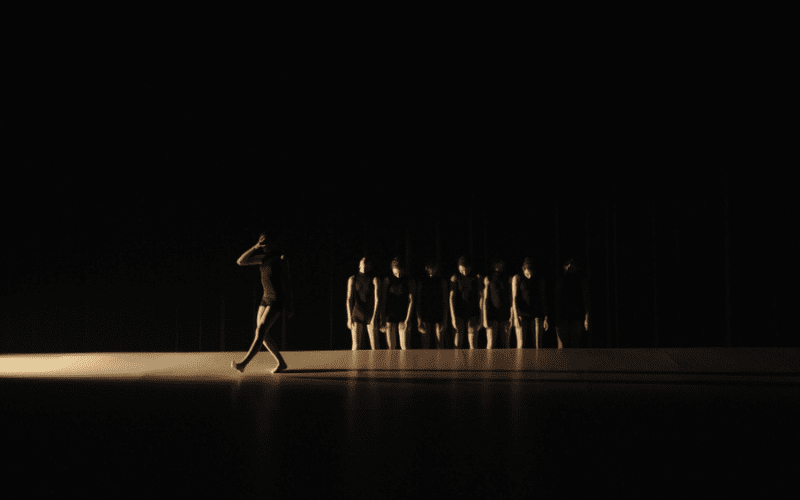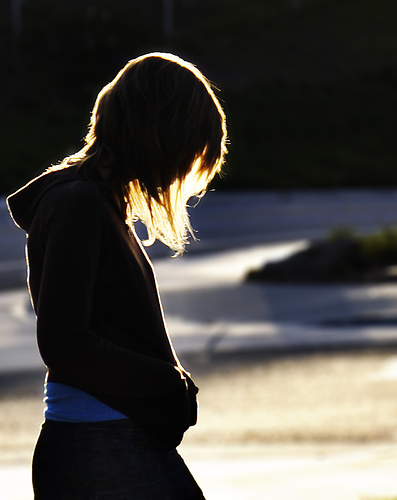

Or add a reflector to act as another light source. You could just use the sun and your camera's pop-up flash. Why not try lighting a subject from different directions yourself? Trying something out in person is always a great way to learn.Īnd when you're done with that, what about mixing it up by using multiple light sources pointing in different directions. I hope these examples have given you a good idea of how the direction of light can effect the way a photo looks. Light Below by Josh on flickr (licensed CC-BY) However, this tends to be just because its convenient, rather than the photographer purposefully wanting top lighting.ġ1photo07 by Michael Miller on flickr (licensed CC-BY)Īs I mentioned earlier, both top and side lighting are forms of side lighting, and can be used to bring out the texture in a subject.īottom Lighting is very unusual, when it is used, it is usually to create an eerie or spooky effect. Top lighting is probably one of the most used forms of directional lighting (taking a photo in the midday sun).

Now, I didn't really mention top lighting or bottom lighting. This is why using flash for front lighting is usually preferred. Be aware that your subject may get squinty eyes from looking towards the sun though. Just photograph your subject so that you have your back to the sun. Then your pop-up flash will act as the main light, giving front lighting.ĭawn in the shadow using fill flash by Jim Legans, Jr on flickr (licensed CC-BY)Īlternatively, front lighting from the sun can be used early morning and late afternoon. If they are, either turn the subject so that the dominant light source is behind them (though not necessarily directly behind), or move them into a shadowed area. Ensure that your subject is not also being lit by another dominant light source (e.g. Instead of bringing out the texture, front lighting hides it.įront lighting can be easily achieved just by using your camera's pop-up flash. The right moment by Logan Campbell on flickr (licensed CC-BY-SA)ĭue to the lack of shadows front lighting gives, it can be particularly useful for photographing older people when you want to de-emphasize their wrinkles. It is not dramatic, rather giving the sort of light we are used to seeing people in. This will require a stand or assistant to hold the reflector in place while you take the photos though.įront lighting usually gives a relatively 'flat' look, with little shadow.

Then use a reflector to reflect light at the subject, creating the directional light you want. This way they are not receiving any direct light from the sun. One solution to creating directional lighting during the day with sunlight is to position your subject in an area of shadow. But earlier in the morning and later in the afternoon, getting side, front, or back lighting from the sun is pretty easy. The sun will always be giving top lighting. The problem with the sun is that at midday you're not going to have much luck. Instead, you must change your position to put the sun where you want it. If you're working with sunlight, then you're not going to have much luck moving the light source. off-camera flash, then moving the light to give the directional lighting you want is pretty easy. If you're shooting with artificial light, e.g. Illusion of portability is often a possibility.The direction of lighting can be set by either changing your position relative to the light, or by moving the light source.This decision will determine if the power will be AC or DC.A curtain that is raised (opened) with brail type lift lines and is sewn flat or has. Originally a vertical pipe in a seating box used for stage lights, but now used to indicate any side lighting position. How the practical is electrified and controlled on stage is the jurisdiction of the lighting designer. A curtain used to define the top limit of the stage and to mask or hide lights and unused scenery and curtains.Physical appearance of the practical is the jurisdiction of the scenic or costume designer.Practicals are most always in demand for any realistic production, but are certainly possible for non-realistic plays as well.Stage Lighting Practicals Practicals for the Stageĭefinition: Practicals are any unit on stage that needs to be electrified whether it is considered scenery, properties, or costumes.


 0 kommentar(er)
0 kommentar(er)
